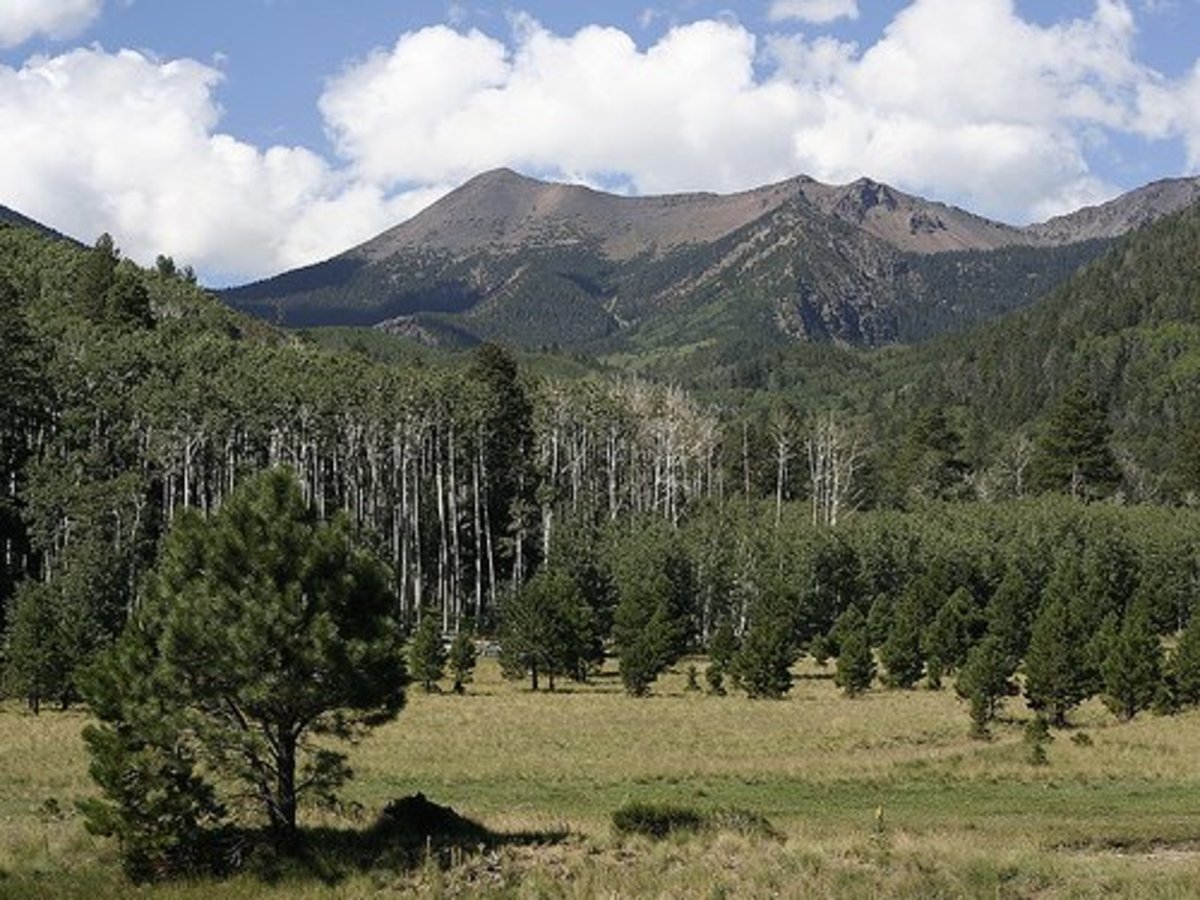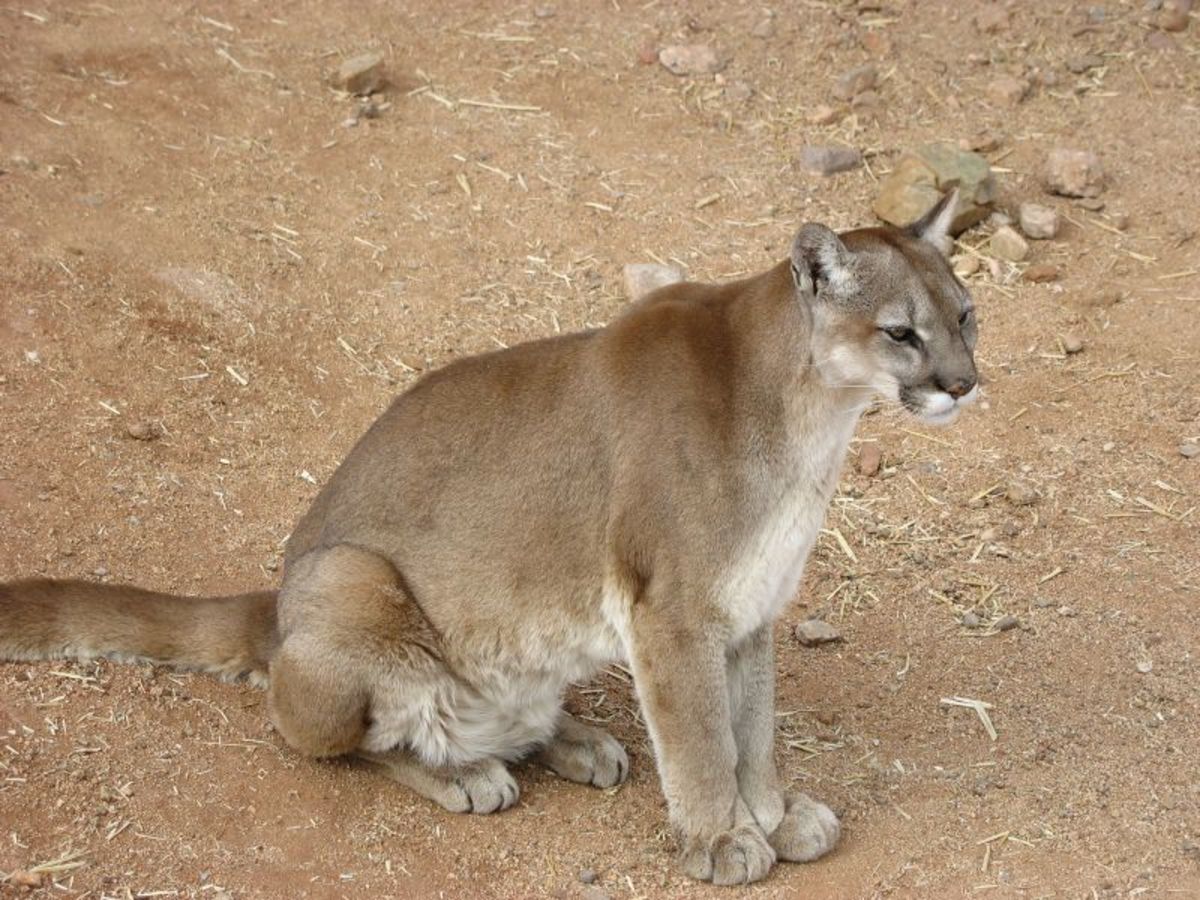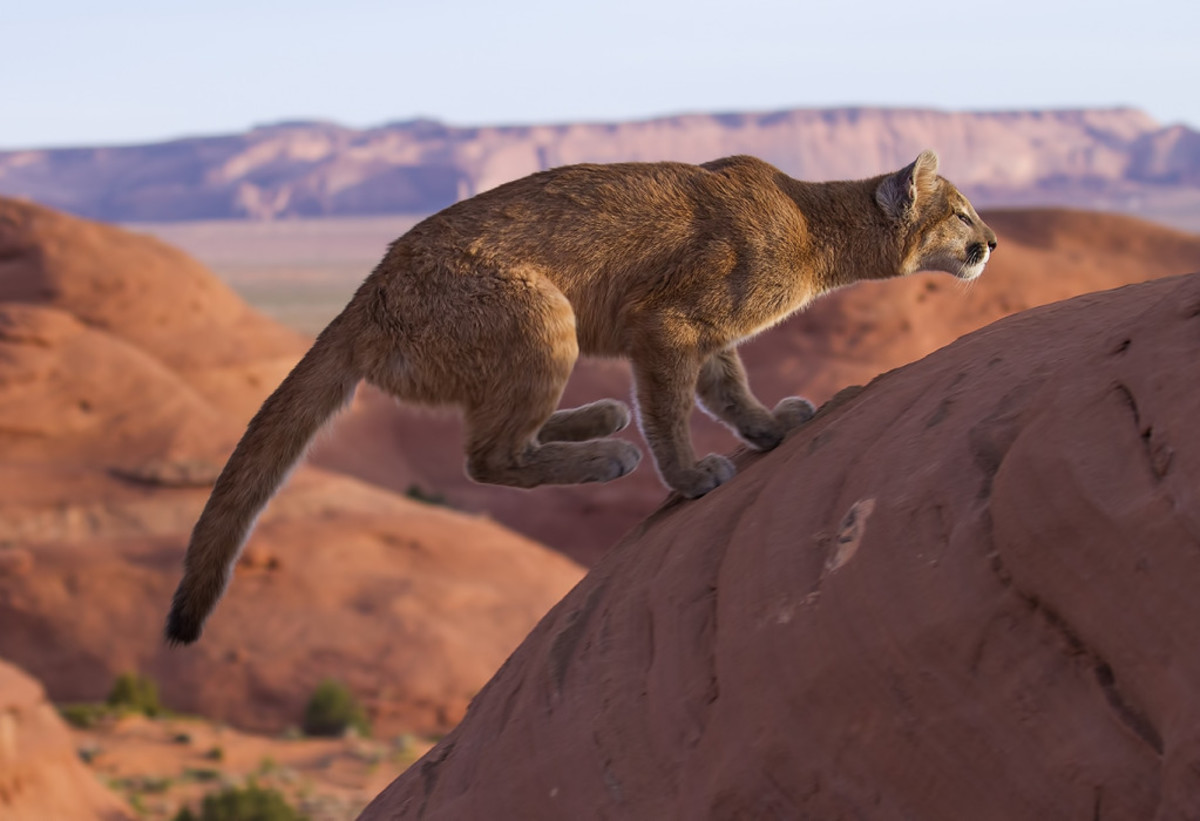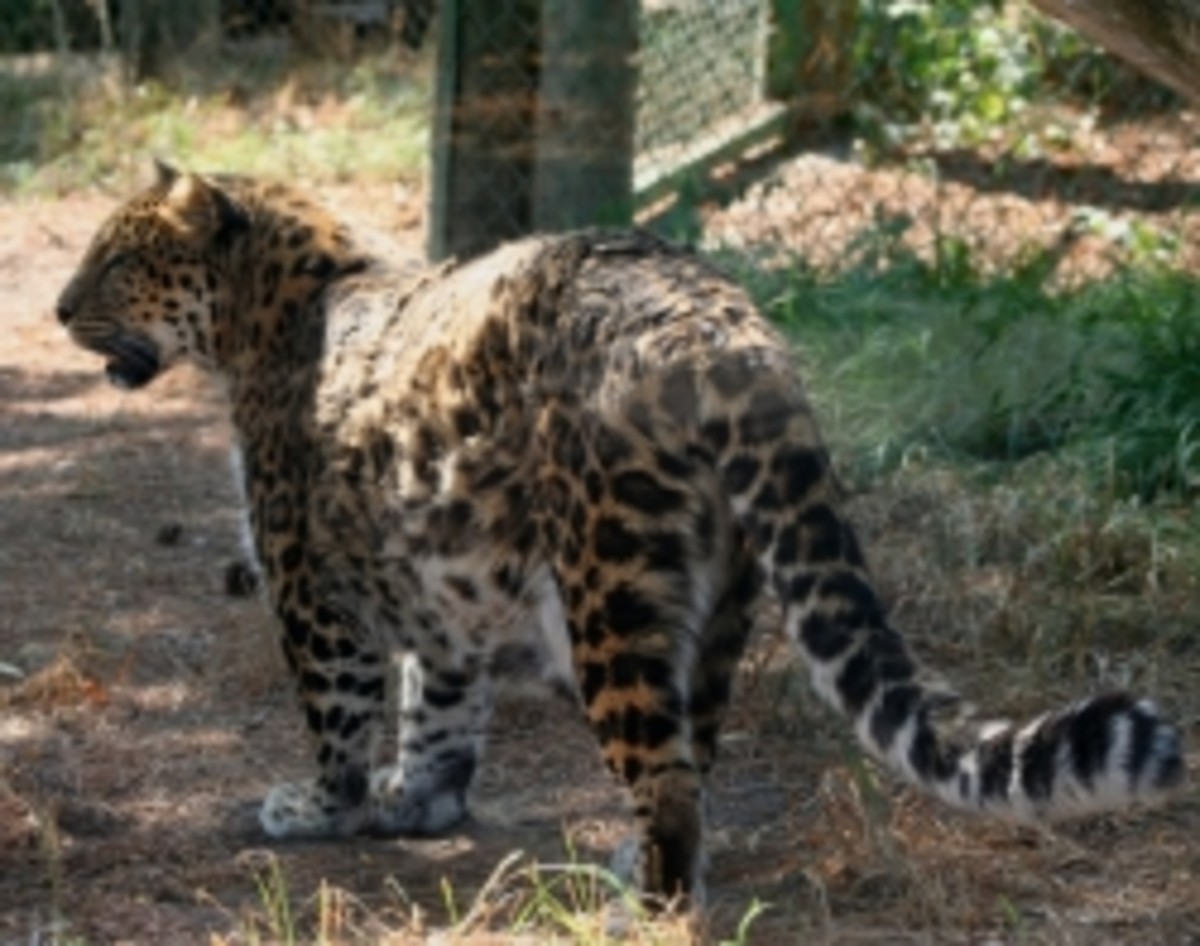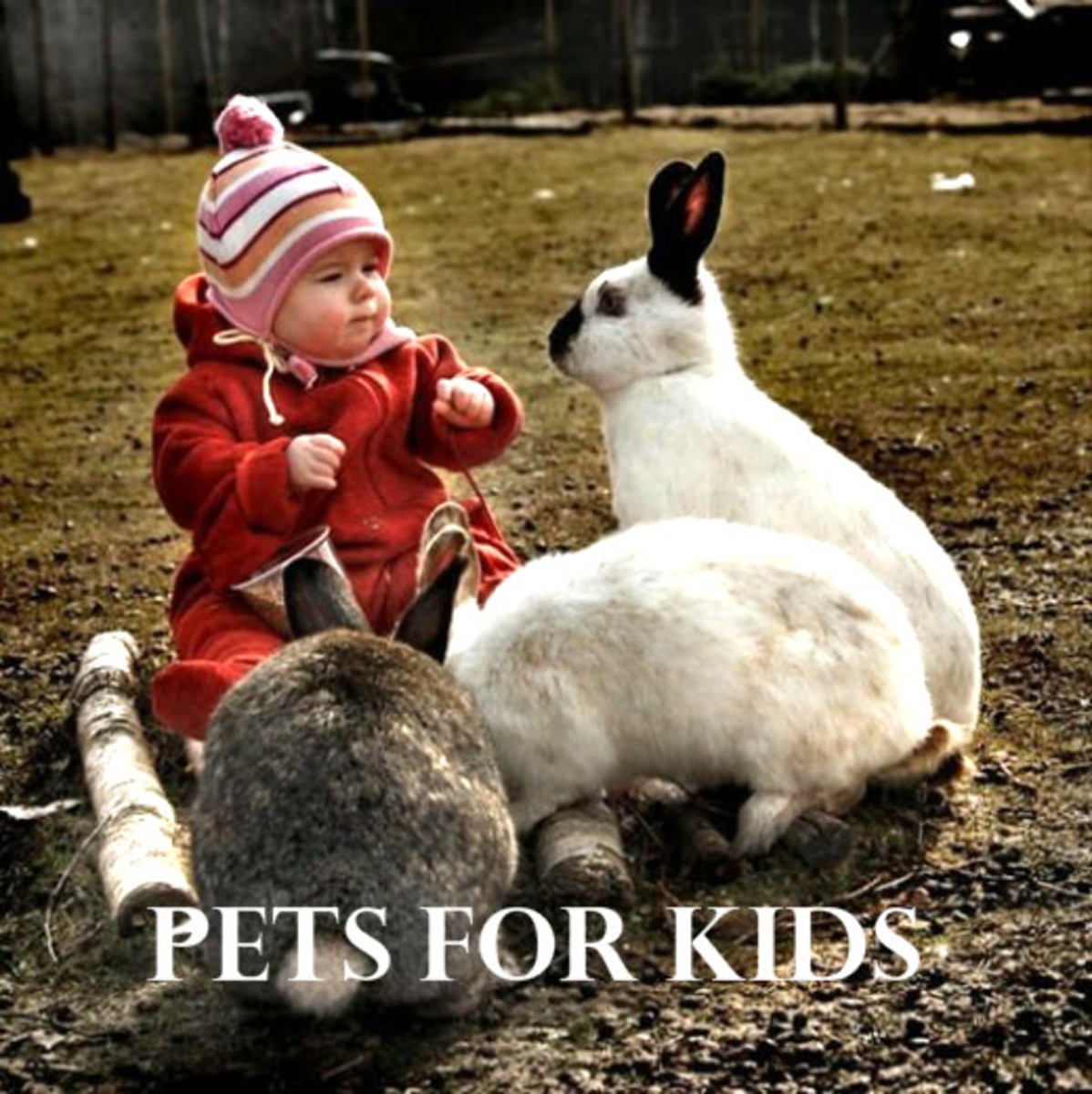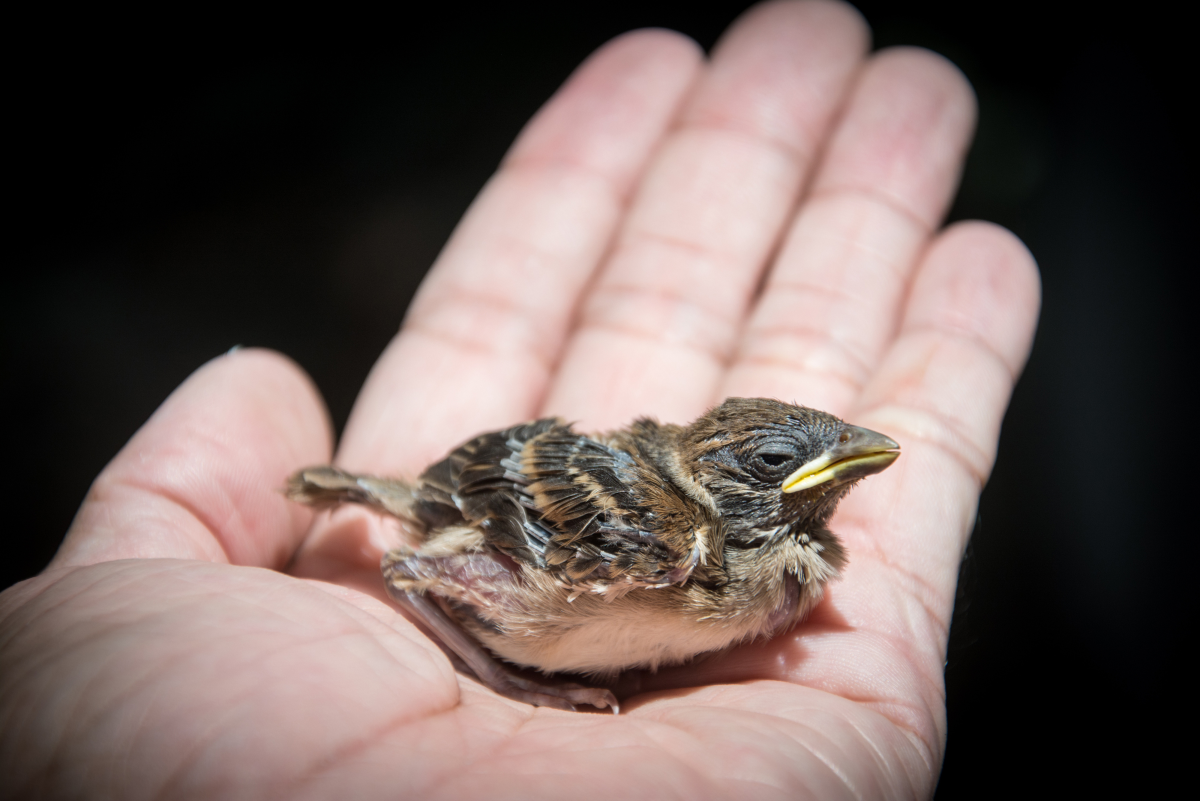Vermont Wildlife Unit Study
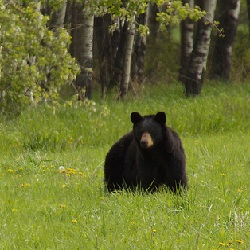
Garner Rix and the Wildlife of Vermont
What kinds of wild animals did Garner Rix first encounter when he and his family first arrived in Royalton in 1779? At that time Vermont was still covered in old growth forests. There were few clearings.
What kinds of wildlife would he have found? How have wildlife populations changed since clearing the land and killing off top predators? How has the reforestation of the land effected the populations of wildlife?
Garner Rix found Mountain Lions, Gray Wolves and Black Bears. There were squirrels, wild turkeys and woodchucks. What kinds of wildlife can be seen on Garner Rix's farm today?
Theses are some of the questions we will explore as we take a walk in the woods looking for wildlife on Garner Rix's Farm...
Who was Garner Rix?
How old was Garner Rix when he first came to Royalton, Vermont?
Garner Rix was just 11 years old when he walked with his family from Preston, Connecticut to what would one day be known as Royalton, Vermont. After being captured in the Royalton Raid he lived a year in Montreal and then walked home where he was given the land I now own.
Garner Rix in 1780
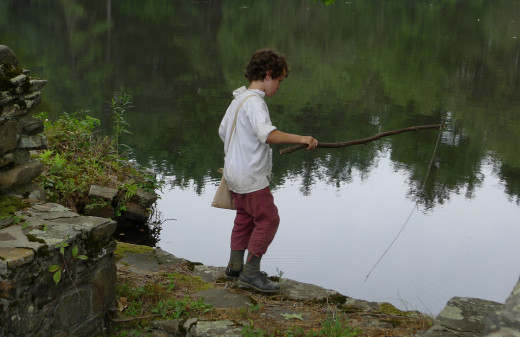
Garner Rix Moves to Vermont in 1780
Garner Rix was just 12 when he walked with his father, pregnant mother, two sisters and three brothers from a farm in Connecticut to a log cabin on the banks of the White River. That next summer,
That young boy would one day become my great, great, great, great grandfather.
During the following summer his little sister, Jerusha, was born and the last "Indian Raid" of the American Revolution lead to the burning of their cabin and Garner's capture by the Indians.
You can learn more about Garner Rix and his ordeal in the unit study I wrote: Garner Rix and the Royalton Raid - 1780. In that unit study you will find dozens of fun activities to help your classroom students or homeschoolers learn more about that time period.
Woodland Creatures - Animals that lived on Garner Rix's Farm
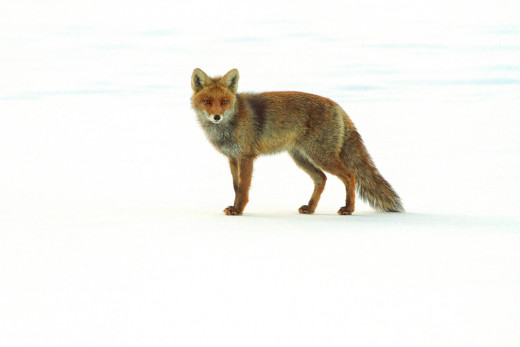
Woodland Creatures in 1780
When the Rix family came to Vermont they found many Woodland Creatures living there.
Read about the animals that live in the northern woods or better yet, get outside, find a comfortable spot and settle down to observe. What animals do you see? What evidence or signs of animals do you see? Think about how the forest has changed since Garner Rix arrived in 1780. How has the diversity of wildlife in the forest changed because of the arrival of farmers?
Make a bulletin board of a woodland scene.
As you find out about the various animals that live there, draw a picture, cut it out and add it to the bulletin board. Add labels to turn it into a Word Wall.
There were wolves and bears in the forest, River Otters living along the rivers, bluebirds and foxes were beginning to live in the clearings. Frogs could be heard croaking in the pools in the summer. Mice tried to eat the grain stored in the barn in the fall.
Black Bears on Garner Rix's Farm
Vermont is now home to over 6000 black bears. Bears have always lived in the Vermont forests. In fact, one day when Garner Rix was out in his field plowing up rocks, he looked up to see a bear eating berries. Being a good pioneer, he had his rifle handy and was successful at shooting that bear and thus provide food and a pelt for his family.
The story of the bear was told to his children and grandchildren for many years on cold winter days as the family gathered by the fire.
This video will help you learn more about the black bears that live in the Vermont Woodlands. As you watch the video, think about the kinds of habitat a bear needs to live. When you come visit Garner Rix's farm, take a walk through the woods to see if you can find good bear habitat.
Vermont Black Bears
Which kinds of birds would have been seen in Vermont in 1780?
Vermont's State Bird, the Hermit Thrush, is still abundant throughout Vermont in the summer. We also find that hawks still soar overhead. In fact, there may be more hawks now than when Garner Rix first arrived because there are more open fields where hawks can find their prey.
Back in 1780, most of Vermont was still covered with old growth forest. Garner's father, Daniel Rix and later on Garner, helped to change the landscape by cutting down the forest to create fields and pastures creating the ideal habitat for hawks.
Wildlife around the Rix Farm - Animals that Garner Rix encountered in 1780
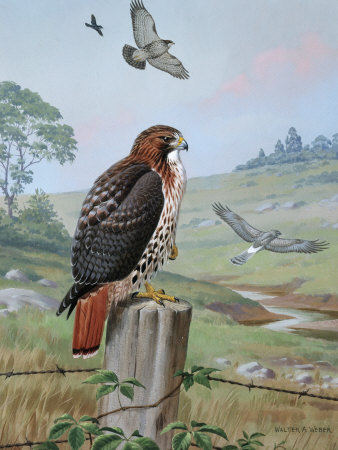
From Forest to Pasture
When Garner Rix began to clear his land he encountered many different kinds of wildlife. Many of their descendants are living here still. The woodchucks still live under the chicken coop, the bluebirds nest on the edge of the fields that Garner Rix cleared. As farming disappears from Vermont and the fields turn back into woods, the Wolves return. Mountain Lion tracks have been seen.Will the wildlife populations in Vermont return to the numbers seen when Garner Rix first arrived?
As he cleared more and more land, woodchuck flourished along the edges of the remaining wood. Mice made homes in the grass and Red Tailed Hawks sat on fence posts surveying the pastures for scurrying morsels of mouse meat.
Woodchucks Live on the Edge of Open Fields
Woodchucks are abundant in Vermont. Do you think that there were more or less woodchucks living on Garner Rix's farm after he clearing the land? How did they affect life on Garner Rix's farm?
Woodchucks live on the edge of clearings and fields. The population of woodchucks probably increased as Garner Rix and his family cleared land for farming.
Learn more about the woodchucks that still live on Garner Rix's farm today by doing a unit study on these interesting rodents. Just go to my fun, hands-on unit study, Woodchucks Under the Porch
Moss for the Sensory Table
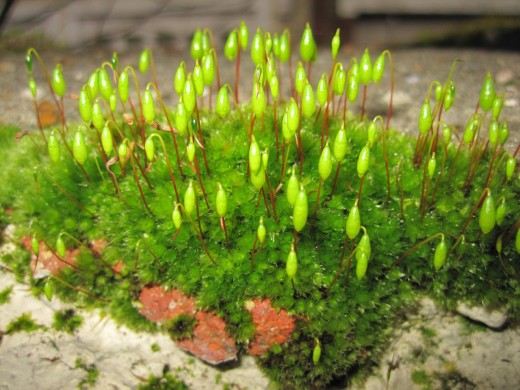
Vermont Forest Sensory Table
You can create your own Vermont Forest filled with wildlife for your children to play with, use their imaginations and roleplay the scenarios you observe or are learning about in your readings.
Start with some potting soil, trees and toy animals.
My kids were delighted when we went out into the woods, collected moss, rocks, acorns, and small seedlings to add to the soil.
We talked about the parts of a tree and carefully tucked the roots of the seedlings down into the potting soil. We pretended that the seedlings were full grown trees and that Garner Rix needed to help his father cut down many of the trees in order to build a log cabin, clear space for a garden and build a road to the nearest neighbor.
The Wildlife Debate
During Garner Rix's lifetime, there were bounties to try to eliminate wolves and Mountain Lions. These top predators killed the cows, sheep, horses, pigs and chickens that the colonists kept for food and clothing.
Gray Wolves in Vermont
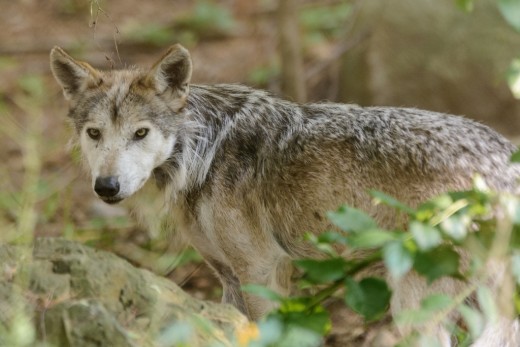
18th Century Pioneers feared Wolves
In 1780 wolves roamed the old growth forests of Vermont. The settlers who came to cut the forest for gardens and pastures feared that the wolves would kill their livestock. This fear caused them to put a bounty on these top predators until they were finally eradicated from the Eastern states.
But now attitudes are changing. People now are beginning to understand just how important wolves are to the health of the wildlife population in Vermont. Soon we will again hear the wolf howling in the Vermont forests.
My children became fascinated by wolves so we began a unit study all about wolves. Begin by asking yourselves how you feel about wolves? What you know about wolves?
Mountain Lions Roamed the Vermont Woodlands as well
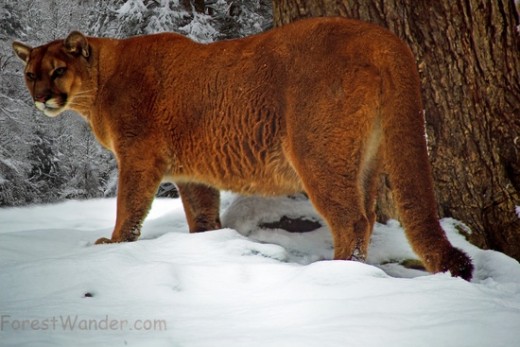
What happened to the Mountain Lions?
Mountain Lions are also known as cougars, pumas, panthers or, in my native state of Vermont, catamounts. Mountain Lions were believed to have died out in Vermont in the mid to late 1800's. In fact, so happy were the farmers of the time that they had the last catamount killed and stuffed and the man who shot it was revered as a hero.
You might also like to learn more about Mountain Lions. I put together a Mountain Lion unit study so that my children could have fun doing hands-on activities related to the Mountain lion .
Were Garner Rix and other colonists justified in trying to kill off all of the wolves and Mountain Lions?
The Hermit Thrush is the Vermont State Bird

Vermont Birds
Building bird houses and bird feeders are some of the most fun projects we have done as part of our Vermont Wildlife Unit Study. We build bluebird houses all along the fence line that Garner Rix build many, many years ago.
Garner Rix had cleared the fields and dragged stones to the property lines to make it easier to plow and hay the fields. The stone walls that he build delineated the boundaries of neighboring properties.
As time passed, bushes, berries and apple trees grew up along the stone walls making a wonderful place for birds to nest and see out across the field.
We made an observation station in the living room where we could watch and keep track of the birds coming to the feeders, the birds nesting in the lilacs as well as the birds living along the stone wall or hunting throughout the field.
We made a bulletin board which represented the scene outside the window and whenever we noticed a new kind of bird we would make a drawing of the bird and post it on the bulletin board. Then we would record the kind of bird, where it spent most of its time and what it liked to eat.
The following links go to more in depth unit studies that we developed over the years. Each of them are filled with dozens of fun, hands-on activities for learning about the wildlife that live here on Garner Rix's farm, the same kinds of animals that live throughout the northern woods.
Red Tailed Hawk
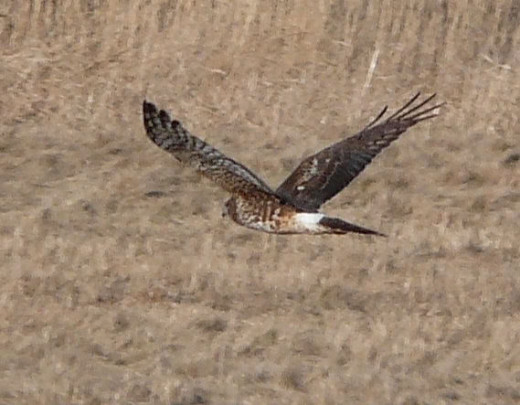
Unit Studies about Vermont Birds
- Bluebirds of the Meadow
Summer nears and the bluebirds start nesting along the fenceline. The children are fascinated with the way they fly back and forth to build their nests. They become the focus of our next Unit Study, Bluebirds of the Meadow. As your little...
Vernal Pools on Garner Rix's - Land Vernal Pools of Vermont
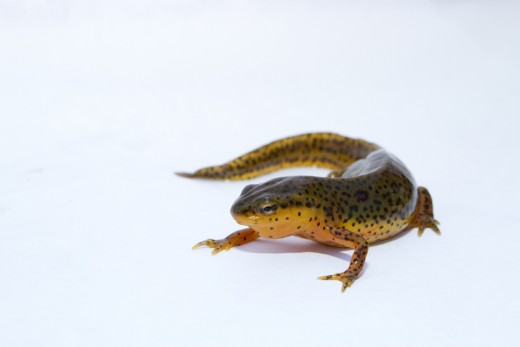
Frogs and Salamanders
When Garner Rix and his family arrived in Royalton there were frogs living in the wetlands. In the springtime they laid their eggs in the vernal pools. Salamanders hid under moist leaves and laid their eggs in vernal pools as well.
Garner and his family may have eaten frogs. He may have carefully lifted leaves looking for salamanders.
The descendants of those frogs are still laying their eggs on his farm today.
Frogs in Garner Rix's Woods
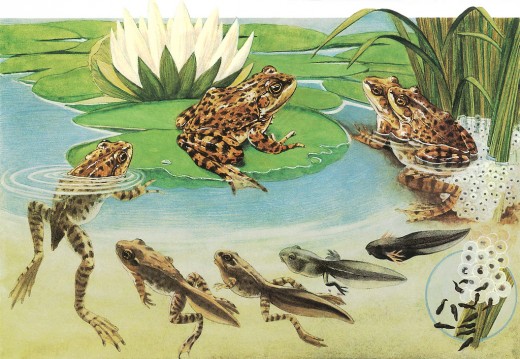
Searching for Frogs
My children loved hunting for frogs, watching their throats as the croak, watching their eyes blink while sitting on lily pads, and collecting frog eggs to watch them hatch. Knowing that Garner Rix was 13 years old at the time, we imagined that he too like to hunt for frogs too.
We spent a year studying frogs. One day in the very, very early spring we decided to hunt for frog eggs. You might like to visit the short story I wrote about that day... Industrial Waste in the Frog Pond where we are struck by the possibility that the Vernal Pools in remote rural areas of Vermont are being destroyed by industrial waste.
Is it the beginning of the end for Vermont frogs? This story might surprise you.
Frogs lay their eggs in Vernal Pools
If your children are as fascinated by the frogs that live near your home as my children were you might like to spend some time collecting and observing Frog Eggs. We learned where to find the vernal pools found here on Garner Rix's farm. Visit this unit study to learn more about frog eggs and the life cycle of the frog.
Salamanders in the Vernal Pool
Learning about the Salamanders in the Woods
Red Spotted Newt Unit Study
Bright red salamanders scurrying across the leaf litter. Have you ever walked though the woods on a wet spring morning? Red Spotted Newts or Salamanders need the ...
Salamanders in the Woods
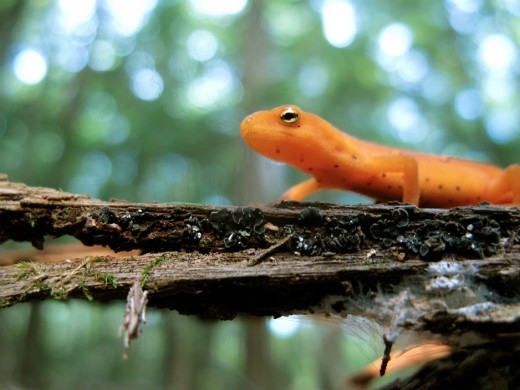
About the Author of Wildlife on Garner Rix's Farm
Find out what I am up to when I am not looking for the wildlife living on Garner Rix's Farm...
Meet the Author of this Hub

About the Author
My passion is teaching and finding ways to teach children in fun, hands-on, creative ways. The unit studies I made on Squidoo have now been transferred to Hubpages and reflect my view that learning is... Evelyn Saenz: Lensography of a Teacher
In addition to teaching I also make pies and quiches for the local farmer's markets as well as run Royalton Bed and Breakfast. If you would like to walk in Garner Rix's Woods, come make a reservation ... Royalton Bed and Breakfast Reservations


